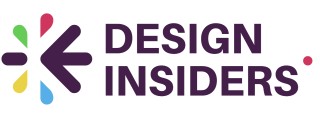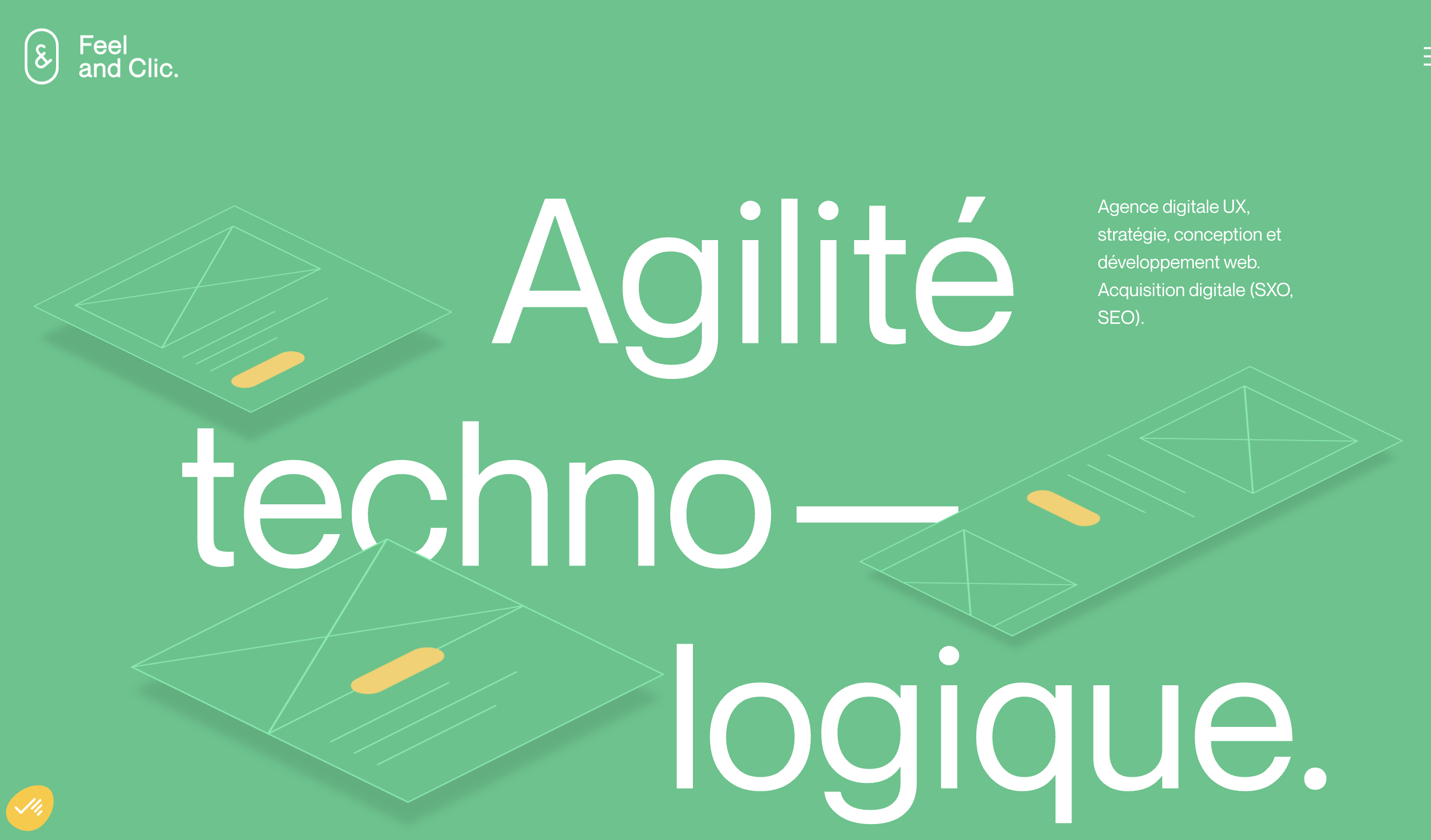
Understanding the Role of Product Insights in Design
Exploring How Product Insights Enhance Design Strategies
In the realm of design, product insights play a crucial role in shaping successful and effective design strategies. These insights often serve as guiding lights for user experience consultants and product teams, enabling them to create products that resonate with users and customers alike. At its core, product insights revolve around understanding and interpreting data and customer feedback to enhance product performance and user experience.
Product insights can be considered a convergence of data, user feedback, and market research, which together aid in the product development process. By focusing on customer satisfaction and product experience, insights help product managers and development teams identify key opportunities for improvement and innovation. This, in turn, aids organizations in making informed decisions that align with their business objectives and consumer needs.
Moreover, product insights serve as a foundation for product strategy and decision making, providing a data-driven approach to enhancing product performance and user experience. With a clear understanding of customer needs and preferences, design teams can tailor their efforts to create products that not only meet but exceed consumer expectations. Insights also help in refining the product cycle, ensuring continuous improvement and adaptation to changing market dynamics.
In the broader scope of product development, insights act as invaluable tools for understanding both existing users and potential customers. They support the creation of strategies that align with market trends and consumer behavior. The result is an enhanced product experience, driving business success and fostering customer loyalty. Embracing and integrating product insights is thus an integral aspect of modern design processes, setting the stage for innovative and purposeful product creation.
Identifying Key Sources for Gathering Product Insights
Where to Find Your Product Data
To unravel the mysteries of effective product insights, one must embark on a discovery process to gather the right information. Here, we delve into the prominent sources that design teams leverage to glean valuable insights into user needs and market demands.- Customer and User Feedback: Direct feedback from customers and users serves as a crucial source of insights. Analyzing sentiments from reviews, surveys, and direct interactions helps in identifying potential areas of improvement, enhancing customer satisfaction, and refining the product experience. This feedback provides a window into the consumer's mind, pointing out both opportunities and pain points.
- Market Research and Trends: Understanding broader market trends and conducting competitive analysis can offer insights into what similar products offer and where gaps may exist. By aligning product strategy with market trends, design teams can better position their offerings in the competitive landscape.
- User Behavior and Analytics: Metrics from product analytics tools shine a light on user behaviors and product performance. Behavioral data offers a quantitative perspective on how users interact with products, what features they utilize most, and where engagement drops. This data-driven approach enables design teams to make informed decisions, focusing development efforts on areas that directly impact user experience.
- Internal Team Insights: Insights from cross-functional teams, including product managers, analysts, and customer support, provide a well-rounded picture. These insights help bridge the gap between user expectations and business strategy, ensuring product developments align with organizational goals.
Integrating Product Insights into the Design Process
Seamless Integration of Insights into Design
Integrating product insights into the design process is crucial for developing user-centric solutions that resonate with the target audience. These insights, drawn from diverse sources such as customer feedback, market analysis, and product performance metrics, play a pivotal role in crafting an impactful product experience.
To effectively blend insights into the design framework, product teams should foster a culture of collaboration. By encouraging cross-functional teamwork between product managers, analysts, designers, and developers, a more comprehensive understanding of the product strategy can be achieved, leading to informed decisions that enhance customer satisfaction.
- Aligning Business Goals: First, ensure that the insights align with the overarching business and design objectives. Making data-driven decisions helps in steering the design process, keeping it coherent with market demands and business strategy.
- Data Translation: Insights should be translated into actionable tasks. This involves breaking down complex data and feedback into manageable components that design teams can work with to optimize user experiences and product development.
- Feedback Loop Integration: Create a robust feedback loop that incorporates user insights into every stage of the product lifecycle. This continuous refinement approach helps in monitoring and improving the product performance based on consumer insights.
- Identifying Gaps: Evaluate if there are any gaps in the existing strategy where insights can add value. Use these points of improvement to guide product teams in fine-tuning their solutions.
Furthermore, technology plays an instrumental role in gathering and utilizing insights efficiently. Tools like free tree testing for designers provide pathways to explore user experience strategies, enhancing the design process by identifying potential user pain points early on. By leveraging such technologies, design teams can boost their capability to deliver products that meet or exceed customer expectations.
Overcoming Challenges in Utilizing Product Insights
Addressing Common Barriers in Applying Insights
Product insights play a crucial role in refining design processes, but effectively utilizing them often presents several challenges. Recognizing and overcoming these barriers is essential to enhance product performance and user satisfaction.- Data Overload: One of the most significant hurdles product teams face is dealing with the sheer volume of data. While it is vital to gather as much information as possible, sifting through endless customer feedback and user data can be overwhelming. Teams need to prioritize insights that align directly with their product development goals, focusing on customer feedback that genuinely reflects user experience and satisfaction.
- Conflicting Insights: Ingredients for successful product strategies often include a mix of various data sources. However, when insights conflict, decision making can become daunting. To navigate this, it is crucial to corroborate findings with multiple data sources, staying focused on what effectively aids the business and user objectives. By cross-referencing data, product managers and insight managers can make more informed decisions.
- Integrating Feedback Loops: Implementing a consistent feedback loop is vital for success, yet product teams sometimes struggle to maintain them. Regularly collecting insights from customers and users can help identify areas of improvement, ensuring that the design remains aligned with consumer needs. This constant engagement helps refine the product experience over time.
- Resource Constraints: Limited resources often limit how comprehensively insights can be integrated into the design process. Teams must efficiently allocate resources to processes that significantly impact user experience and product performance. This prioritization is essential for teams to remain agile and focused on strategic development paths.
- Resistance to Change: The experience and insight of established design teams can sometimes lead to a resistance to integrate new data-driven strategies. To overcome this, fostering a culture of continuous learning and adaptation within teams is key. Emphasizing data as an ally rather than an adversary can significantly shift this mindset, allowing teams to leverage insights effectively.
The Role of Technology in Enhancing Product Insights
Leveraging Technology for Enhanced Product Insights
In the ever-evolving landscape of design, technology plays a pivotal role in enhancing product insights. With the rise of data-driven strategies, product teams can now harness advanced tools to gather and analyze customer feedback more effectively. This not only aids in understanding user experience but also informs product development and strategy.
Technological advancements such as artificial intelligence and machine learning allow for the automation of data collection and analysis. These tools help identify patterns in consumer behavior, providing valuable insights that can drive informed decisions. For instance, AI can sift through vast amounts of user feedback to pinpoint common issues or preferences, offering product managers a clearer picture of customer satisfaction and product performance.
Moreover, technology facilitates real-time feedback loops, enabling product teams to quickly adapt to market changes. This agility is crucial in maintaining a competitive edge and ensuring that products meet the evolving needs of consumers. By integrating technology into the design process, businesses can enhance their product insights, ultimately leading to more successful product experiences.
However, the integration of technology is not without its challenges. As discussed in previous sections, overcoming these challenges requires a strategic approach. Product managers and insights managers must work closely with development teams to ensure that the data collected is not only accurate but also actionable.
In conclusion, technology is an indispensable ally in the quest for deeper product insights. By leveraging the right tools and strategies, businesses can unlock new levels of understanding, driving success in product development and design.














